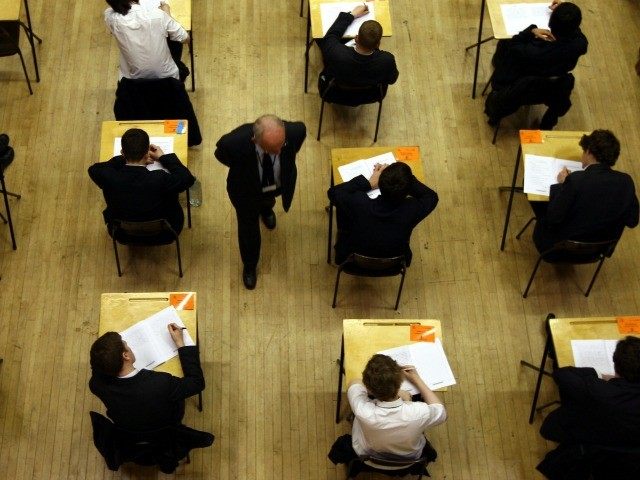Results of the “Nation’s Report Card” released this week by the National Assessment of Educational Progress (NAEP) show that only 18 percent of 8th-graders are “proficient” or above in U.S. history, and only 23 percent are proficient in civics.
Despite hundreds of billions of dollars poured into education programs in the United States via the U.S. Department of Education, the “Nation’s Report Card” states that 8th-graders’ average NAEP scores in U.S. History, Geography, and Civics demonstrated no significant change since 2010 when students were last assessed. In geography, just 27 percent of U.S. 8th-graders performed at or above the proficiency level on the NAEP assessments.
Among white, black, Hispanic, and Asian students, Asians scored highest, with 33 percent proficient in U.S. History, 44 percent in geography, and 40 percent in Civics. White students are at 26 percent proficiency level in U.S. History, 39 percent in geography, and 32 percent in civics. Only 6 percent of black students scored at the proficient level in U.S. History, 7 percent in geography, and 9 percent in civics, while Hispanics were at 8 percent, 11 percent, and 12 percent, respectively.
A breakdown between students who attend public versus private schools finds that only 17 percent of 8th-graders who attend public school reached the proficiency level in U.S. History, 25 percent in geography, and 22 percent in civics, while 31 percent of those students assessed who attend private schools were proficient at U.S. History, 44 percent at geography, and 38 percent at civics.
In an analysis of the report, National Center for Policy Analysis Youth Programs Director Rachel Stevens asked whether it is any wonder U.S. students are struggling in U.S. History, geography and civics – commonly grouped together as “social studies.”
She writes:
The curriculum rarely engages them. A 2010 study out of the University of Central Florida found that 74% of middle school students report that they dislike social studies class due to the emphasis on reading from the textbook, rote memorization, and note-taking.
Meanwhile, the NAEP report tells us that reading textbooks, listening to lectures, and filling out quizzes and worksheets remain by far the most common teaching techniques used in U.S. social studies classrooms.
Democracy, by its very nature, is participatory. Shouldn’t our children learn civics the same way they will someday practice it?
Stevens explains that competitive debate – a proven method for teaching participation in democracy – is rarely offered to middle school students.

COMMENTS
Please let us know if you're having issues with commenting.